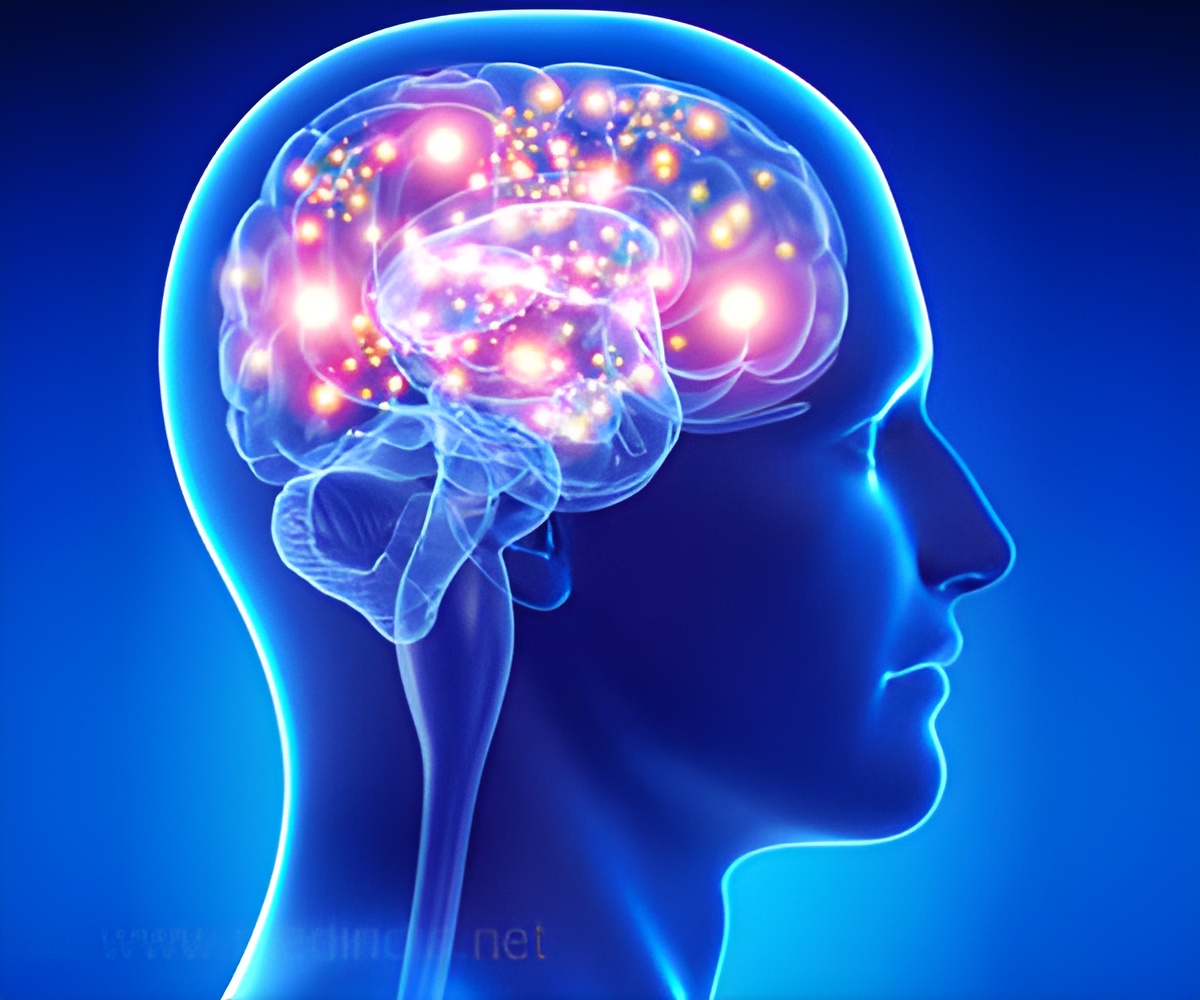Copper and iron levels were increased in mice with motor neuron disease before symptoms set in, raising hopes for first of its kind detection method.

- Researchers move a step forward towards early detection of neurodegenerative motor neuron disease
- Measuring the concentrations of copper and isotope ratios in blood and other tissues may provide early diagnosis of motor neuron disease
- Currently, there is no known early detection method for motor neuron disease
A pilot study by Anthony Dosseto and colleagues from the University of Wollongong, Australia has aided in moving a step closer to early detection of the condition. The study involved assessing the concentrations of
- Copper
- Iron
- Zinc
Findings of the Study:
The results of this study showed that
- The levels of copper and zinc concentrations were increased in the muscle and in the spinal cord of mice with motor neuron disease.
- There were small changes in copper isotope concentration in the blood of mice with motor neuron disease compared with healthy mice.
It is unknown at this stage of the trial if the changes in concentration of the trace elements were what lead to the disease or were caused due to the onset of the disease. However, since the differences in concentration of the trace elements are detected even before the onset of symptoms, they would be ideal markers for early detection of the disease, providing a better chance at therapy.
Dr. Anthony Dosseto will be detailing this landmark study at the Goldschmidt conference being held in Japan.
University of Wollongong has been carrying out pioneering research on motor neuron disease. Earlier this year, researchers from the University found that a gene called CCNF was dysfunctional among people with motor neuron disease. Improper functioning of this gene leads to a build up of ‘junk’protein which can be detected and used as a marker of the disease.
References:
- http://media.uow.edu.au/releases/UOW217437.html
- Pilot study tests possible diagnostic tools for amyotrophic lateral sclerosis
http://www.eurekalert.org/pub_releases/2016-06/gc-pst062616.php - http://media.uow.edu.au/releases/UOW212419.html










